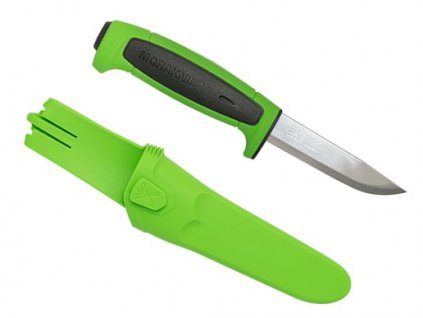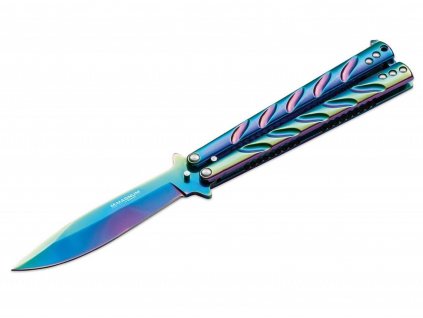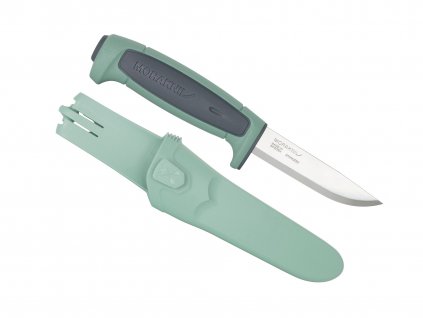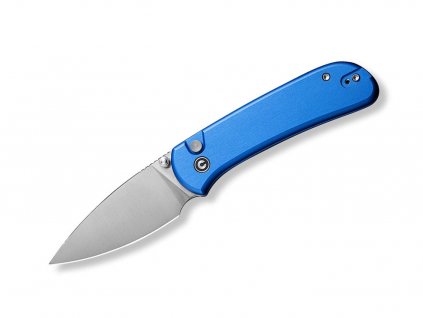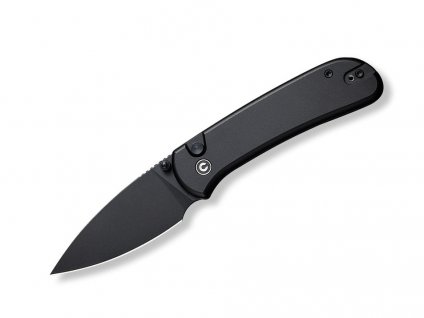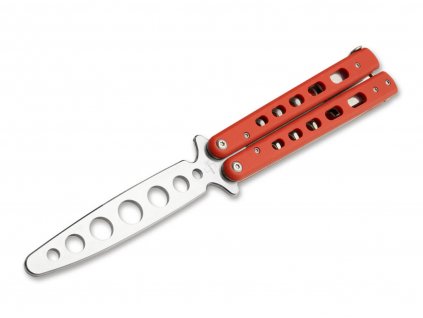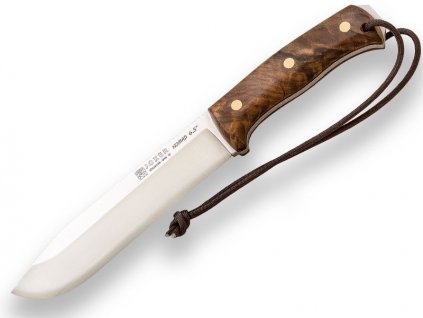Knives
Wide selection of knives from high-quality manufacurers such as Ahti, ANV, Benchmade, Bestech Knives, Böker, Cold Steel, Condor Tool & Knife, ESEE, Joker, Kizlyar Supreme, Miguel Nieto, Mikov, Morakniv, Muela, Ontario, Opinel, Real Steel, Ruike, Victorinox, Zero Tolerance and many others. Knives with a fixed blade, folding knives, swiss knives, hunting knives, outdoor, bushcraft and survival knives. You will also find scandinavian puukko knives, wood carving knives and spoon carving knives at Kniland.com. You can easily choose a knife for a hunter, fisherman or for outdoor activities.
#ShowMore#
How to choose a knife?
Each knife excels in other activities due to its characteristics. The carving knife is best for carving wood and the hunting knife is suitable for the hunter when processing the catch. A light folding knife will be best for everyday use.
Folding knife or knife with fixed blade
A fixed blade knife is better for harder work. For easier activities where you don't need to put too much force into the cut, the folding knife is great. The advantage of folding knives is their easy carrying and storage. Fixed blade knives are stronger and more reliable, especially for heavier activities. Hunters will also appreciate the much easier cleaning of the hard knife, for example after processing the catch.
Stainless or carbon steel
Both types of steel have their advantages and disadvantages. In general, carbon steel is harder and holds the edge better than stainless steel (not talking about modern hi end stainless steels). It is easier to sharpen and you can easily make a "razor sharp". Carbon steel knife requires care. After each use, wipe it dry and oil the blade from time to time. Otherwise, the carbon steel blade rusts quite easily.
Stainless steel is corrosion resistant. Sharpening of stainless steel blade is a little bit more difficult than sharpening a carbon steel blade. The main advantage of stainless steel is almost no need of care. This is the main reason why it is popular for outdoor and hunting knives. If you do not want to take care of the knife regularly, we recommend buying a stainless steel knife.
Tool steel combines the good properties of stainless and carbon steels. Modern tool steels with a high content of alloying elements (chrome, molybdenum, vanadium, tungsten and others) are extremely hard, tough and very resistant to wear. At the same time, they are less prone to corrosion than conventional carbon steels. Thanks to these properties, tool steels are an ideal choice for outdoor and bushcraft knives. Tool steel knives.
Knife handle
Wooden handle gives knives their typical elegance and beauty. It is used in traditional e.g. scandinavian knives. Antler handles are used primarily on traditional hunting knives.
Modern industrial materials such as G10, Micarta, Kraton are extremely popular. The main advantage is strength and load resistance. They are pleasant to the touch, do not slip in a wet hand and do not absorb water, so they are more suitable for use in extreme conditions.
-
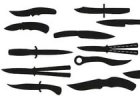 All knives
All knives
-
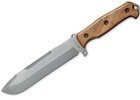 Fixed blade knives
Fixed blade knives
-
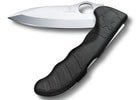 Folding knives
Folding knives
-
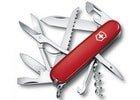 Swiss pocket knives
Swiss pocket knives
-
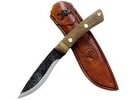 Bushcraft knives
Bushcraft knives
-
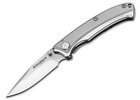 EDC knives
EDC knives
-
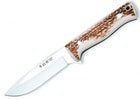 Hunting knives
Hunting knives
-
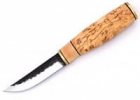 Scandinavian knives
Scandinavian knives
-
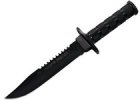 Survival knives
Survival knives
-
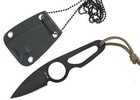 Neck knives
Neck knives
-
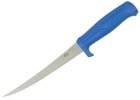 Fishing and filleting knives
Fishing and filleting knives
-
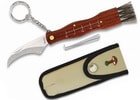 Mushroom and gardening knives
Mushroom and gardening knives
-
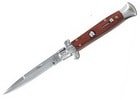 Automatic knives
Automatic knives
-
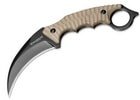 Karambit knives
Karambit knives
-
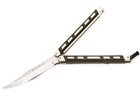 Butterfly knives
Butterfly knives
-
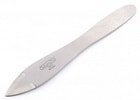 Throwing knives
Throwing knives
-
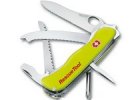 Rescue knives
Rescue knives
-
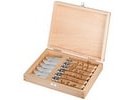 Gift knives
Gift knives
-
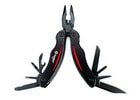 Multi-tools
Multi-tools
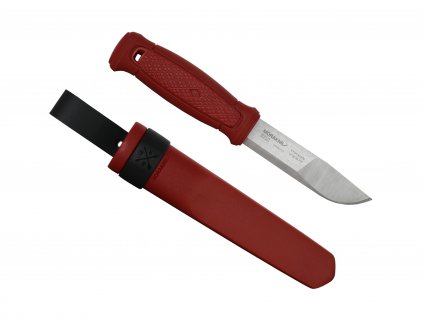
Special edition Kansbol, Dala Red color TPE rubber handle. Stainles steel blade with satin finish. Blade length 10,9 cm, total length 22,6 cm. Polymer sheath.
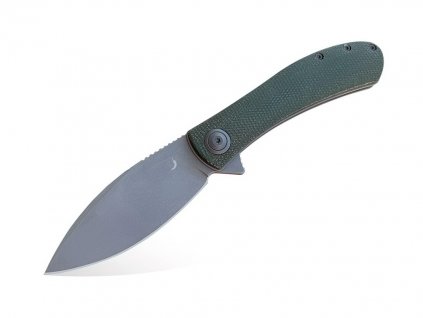
EDC pocket knife with D2 tool steel blade. Blade length 7.6 cm, total length 18 cm. Green micarta handle. Designed by Michael Trollsky.

EDC pocket knife with D2 tool steel blade. Blade length 7.6 cm, total length 18 cm. Red G10 handle. Designed by Michael Trollsky.

